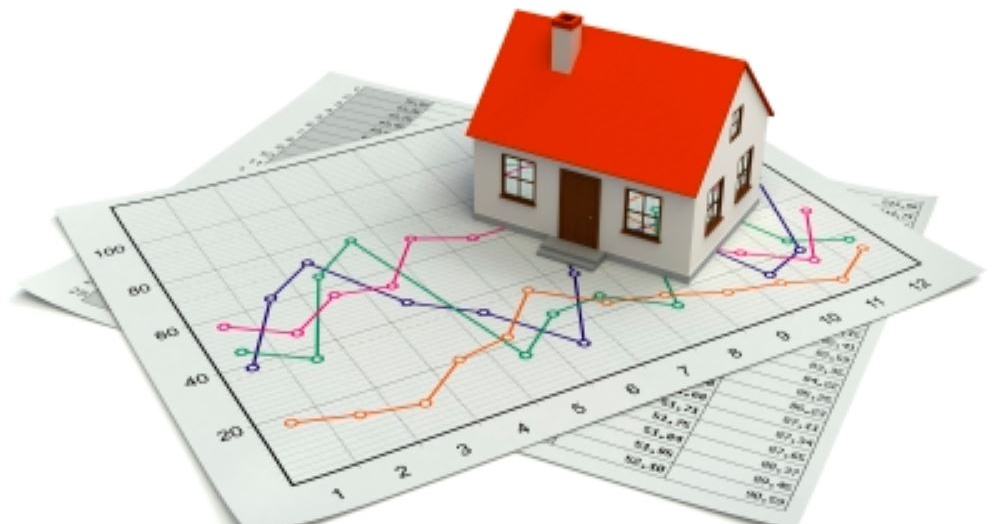In the dynamic and often unpredictable UK property market, price alignment plays a crucial role in ensuring that properties are listed and sold at values that reflect their true market worth. Price alignment involves adjusting property prices in line with current market trends, comparable sales, and buyer expectations.
This strategy is vital for both sellers and buyers, as it helps in setting realistic price points, thus facilitating smoother and more successful transactions.
Understanding Price Alignment
Price alignment is essentially about striking the right balance between a property's asking price and its market value. This process involves several key components:
1. **Market Analysis**: Real estate agents and sellers conduct thorough market analyses, examining recent sales data, current market conditions, and economic factors. This helps in understanding the going rate for similar properties in the area.
2. **Comparable Sales (Comps)**: Looking at the sale prices of similar properties in the vicinity provides a benchmark. These comparable sales, or "comps," are crucial in determining a competitive and attractive listing price.
3. **Buyer Behaviour and Trends**: Understanding buyer behaviour, including what features are currently in demand and how much buyers are willing to pay, allows sellers to price their properties more effectively.
Benefits of Price Alignment
For sellers, proper price alignment can lead to faster sales and higher chances of achieving the asking price or close to it. Properties priced in line with market expectations are more likely to attract potential buyers, reducing the time a property spends on the market. For buyers, aligned prices mean more transparency and fairness, as they are less likely to encounter inflated prices that do not match the property's value.
The Impact on the UK Property Market
The UK property market, characterized by its regional variations and economic sensitivities, benefits significantly from price alignment. In a market where prices can fluctuate due to factors like Brexit, interest rate changes, and economic shifts, having properties priced correctly ensures stability and confidence among buyers and sellers.
1. **Regional Differences**: Price alignment helps in addressing the disparities between different regions. For instance, a property in London might need a different pricing strategy compared to one in the North of England due to varying demand and market conditions.
2. **Market Stability**: Proper price alignment contributes to the overall stability of the property market. By preventing unrealistic pricing, it helps avoid market bubbles and crashes, fostering a more sustainable real estate environment.
3. **Seller Confidence**: For sellers, knowing that their property is competitively priced can provide peace of mind. It ensures that they are not undervaluing or overpricing their property, which could lead to financial loss or prolonged market presence.
In conclusion, price alignment is a vital practice in the UK property market, ensuring that properties are priced in accordance with market realities. It benefits sellers by enabling quicker sales and fair valuations, and it aids buyers by providing transparency and value for money. As the property market continues to evolve, the importance of price alignment will only grow, making it an essential tool for anyone involved in property sales.
Get in touch if you want to discuss marketing your property. 020 8381 4970


